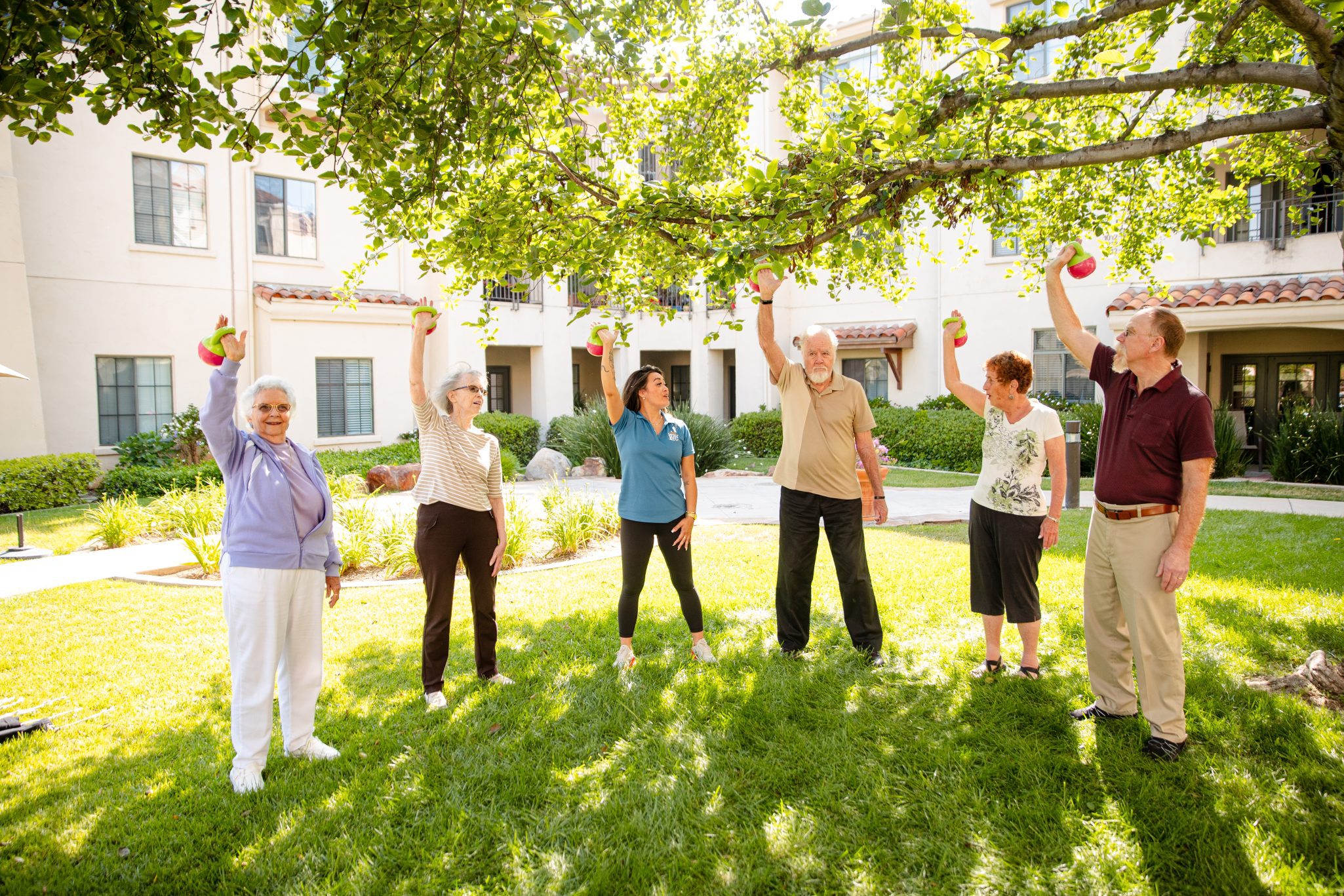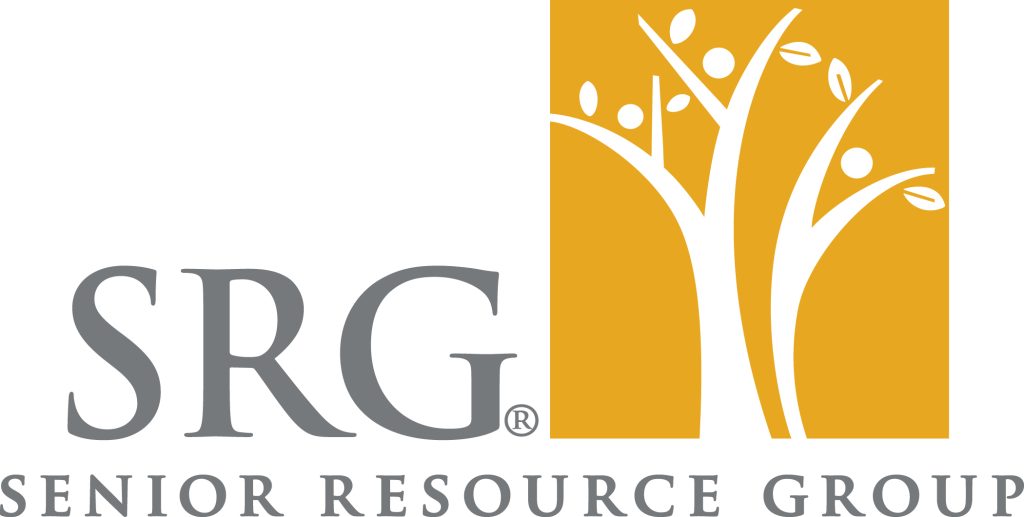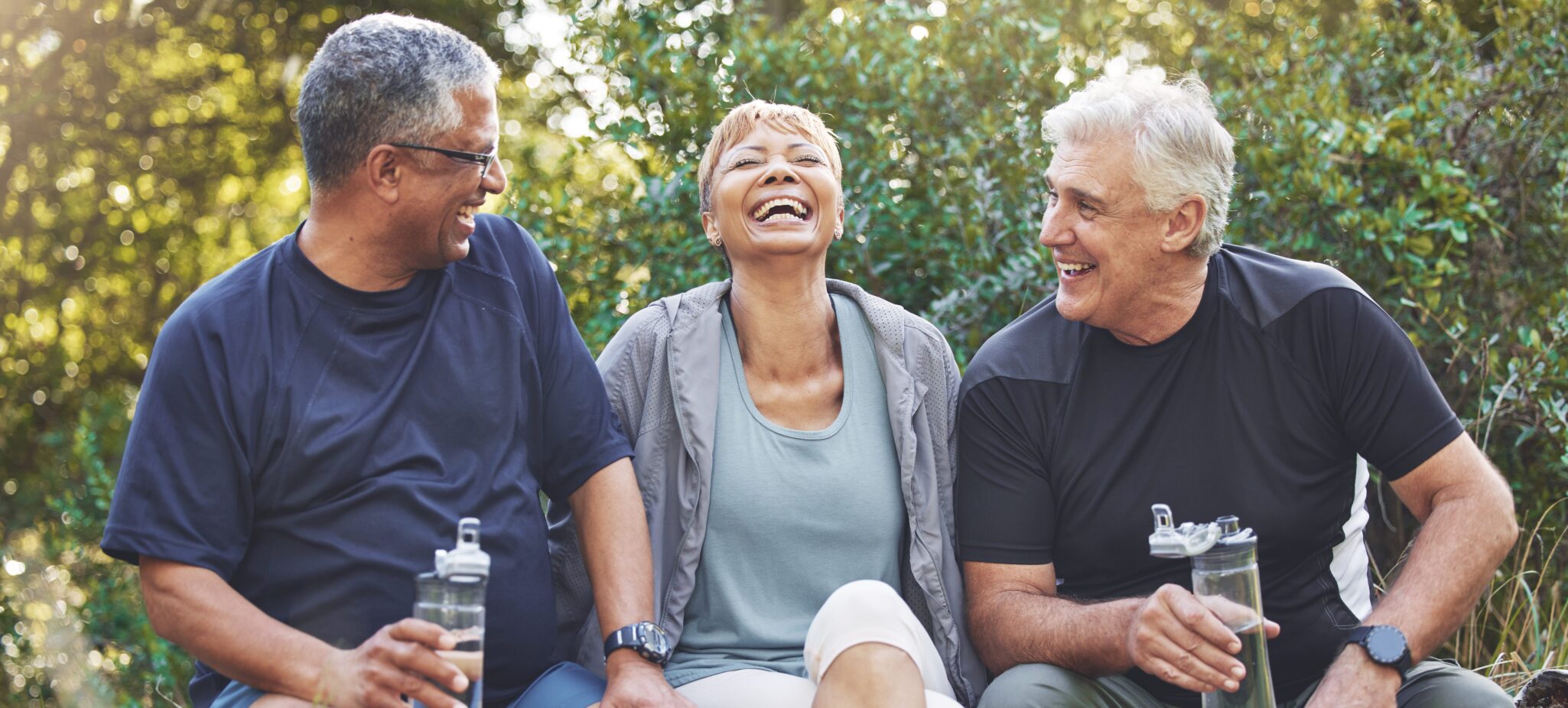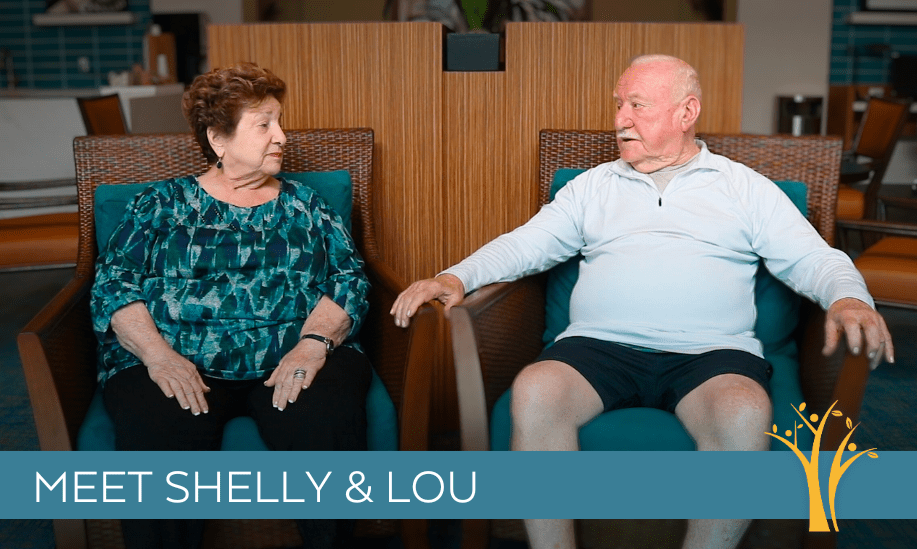Physical Activity for Seniors

People often assume that older adults hang up their running shoes and give up their gym memberships when they retire. After all, retirement is a time to take it easy and relax, right? Not quite. Contrary to popular belief, physical activity becomes more important as seniors age, not less.
Numerous studies show that staying active is the key to healthy aging. As you grow older, your body goes through many natural changes that affect your activity levels. For example, older adults typically lose one to three inches in height as they age. Seniors also often lose muscle mass, have frailer bones, and experience joint stiffness. Over time, these changes can lead to lower physical activity levels.
However, regular exercise can significantly improve the quality of life for older adults. The Centers for Disease Control and Prevention (CDC) recommends that adults aged 65+ spend at least 150 minutes a week participating in moderate-intensity activities like walking. Alternatively, seniors can spend 75 minutes a week participating in vigorous-intensity activities like running. The guidelines also specify older adults should spend at least two days a week doing strengthening exercises.
These recommendations might seem high, but filling your schedule with fun physical activities is easy. Many seniors enjoy physical activities that allow them to socialize, like Tai Chi classes and walking groups. Others prefer solo exercises, such as swimming and weight lifting. Fortunately, most retirement communities offer various physical activities to suit everyone’s interests and goals.
This article explores the many benefits of exercise for seniors and the most popular physical activities for older adults. We’ll also provide tips to help you overcome common obstacles that may prevent you from exercising.
Benefits of Exercise for Seniors
People often think of physical activity as a way to lose or maintain weight. While staying fit is a valid reason to exercise, research has uncovered many other benefits of physical activity for older adults. You can use these advantages as inspiration the next time you consider skipping yoga class or turning off your alarm clock to avoid your morning run.
Improved Cardiovascular Health
Nothing gets the heart pumping like a vigorous exercise session. Activities like jogging and water fitness boost your heart rate and help your heart muscle grow stronger. These effects can have a significant impact on your cardiovascular health.
According to a 2020 study, daily exercise reduces your blood pressure and helps regulate heart rate. Additionally, physical activity decreases the risk of coronary heart disease and stroke in older adults. Furthermore, exercise improves symptoms of angina pectoris, heart palpitations, and other cardiovascular disorders.
Increased Strength and Flexibility
Older adults tend to lose strength and flexibility as they age. These losses can cause minor inconveniences, like not being able to open a jar or bend to tie your shoes easily. However, declining strength and flexibility may also lead to more serious issues, like loss of balance and increased risk of injury.
Regular strength-training exercises can prevent these problems by helping you stay limber. Additionally, older adults who frequently work out their muscles are less likely to develop sarcopenia. This age-related condition causes loss of muscle mass, fatigue, and weakness.
Reduced Risk of Falls and Injuries
Approximately 25% of Americans aged 65 and older fall each year. These accidents may lead to devastating injuries, including hip fractures and traumatic brain injuries. And even minor falls can make seniors feel less confident and independent.
Frequent exercise is one of the most effective ways to prevent falls and other injuries. Researchers estimate physical activity can decrease the risk of falls in retirement communities by 25%. Tai Chi and other exercises that strengthen balance are especially beneficial for fall prevention.
Better Mood and Cognitive Function
Physical activity also positively affects seniors’ emotional and mental well-being. According to one study, exercising for as little as six minutes noticeably improves mood and motivation. If you’re feeling down, a brisk walk around the block or a five-minute weight-lifting session could turn your day around.
Resistance exercise and other types of exercise also improve cognitive function. Researchers believe physical activity increases blood and oxygen flow to the brain, which may slow or reverse memory loss and neurodegeneration.
Enhanced Social Connections and Sense of Purpose
Finally, physical activity can help you feel more connected and fulfilled. Community activities like fitness classes, meditation sessions, and hiking groups allow older adults to make new friends with similar interests. Additionally, regular exercise provides routine and a stronger sense of purpose.
Types of Physical Activities for Older Adults
Many popular forms of exercise are safe and beneficial for older adults. Joining a retirement community gives you more free time and access to countless amenities so that you can try out a wide range of fitness opportunities.
Common types of exercise include:
- Aerobic exercises: Strengthen your cardiovascular system by cycling, running, swimming, and walking.
- Strength training exercises: Lifting weights, exercising with resistance bands, and walking or running up hills help build and maintain muscle.
- Balance and flexibility exercises: Improve your balance and stretch your body with Tai Chi and yoga classes.
Doing a variety of physical activities can keep your routine from feeling stale and allow you to reap the benefits of different types of exercise. For example, you could boost your aerobic fitness on Mondays by running, improving your balance on Wednesdays at Tai Chi class, and hitting the community gym for resistance training on Fridays.
If you’re unsure where to start, a doctor or certified personal trainer can help you tailor your exercise routine to your abilities, health, and preferences. Many retirement communities have fitness professionals on staff to plan personalized wellness programs.
Overcoming Common Barriers to Physical Activity
Everyone knows that exercise is good for you, but getting enough physical activity is often easier said than done. The CDC reports that only 15.3% of men and 10.8% of women aged 65+ meet the 2018 Physical Activity Guidelines for Americans.
What’s stopping so many older adults from getting enough exercise? Some may encounter many barriers to physical activity, including:
- Busy schedules
- Chronic health conditions
- Cognitive challenges
- Embarrassment
- Fear of injury
- Financial limitations
- Lack of knowledge
- Lack of motivation
- Mobility issues
If these obstacles apply to you, don’t worry. With the right resources and motivation, anyone can get into a fitness routine and enjoy the many exercise benefits for seniors.
These strategies can help you begin:
- Find a workout buddy. Teaming up with a friend keeps you accountable and pushes you to stick to your workout schedule.
- Start slowly. Many people want to jump into vigorous physical activity, but too much too quickly can lead to injuries. Begin with moderate exercise and gradually increase your activity levels as you get stronger.
- Get professional help. A personal trainer or physical therapist can teach you how to perform exercises and choose activities properly so you don’t feel embarrassed or worry about getting hurt.
Step Up Your Fitness Game for Healthy Aging
Physical activity and aging go hand-in-hand. Fun exercises like biking and walking allow you to enjoy a healthier and more fulfilling retirement. Also, residents of retirement communities often find that attending communal fitness activities is one of the best ways to stay motivated and socialize with their peers.
Senior Resource Group offers a variety of fitness opportunities and amenities that make it easy to increase your physical activity. Contact us today to learn how we can help you achieve your fitness goals and discover more healthy aging advice.




